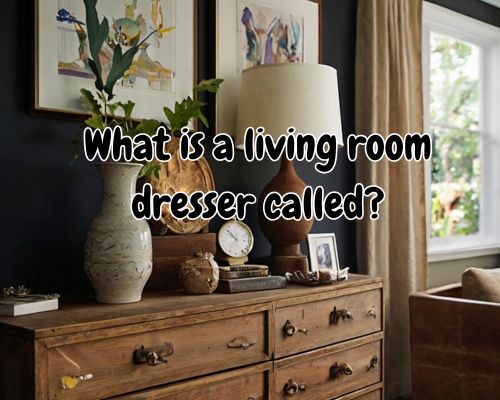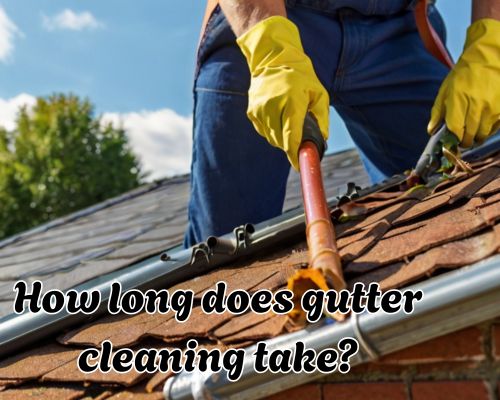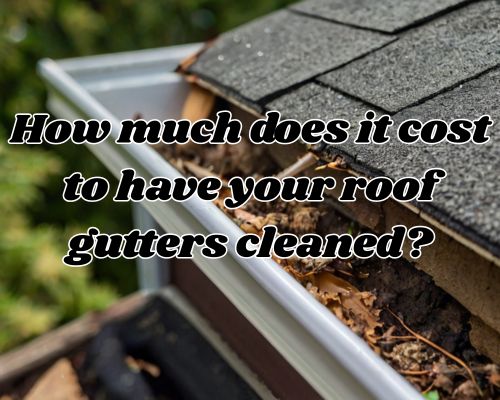Hot water issues are a homeowner’s nightmare—especially when it strikes in the chilly hills of Warragul, Victoria. Whether you’re waking up to a cold shower or struggling with a flickering pilot light, asking “Why is my hot water not working in Australia?” is both common and urgent. And in regional towns like Warragul, understanding how to troubleshoot your hot water system quickly can mean the difference between a temporary annoyance and a costly emergency.

This article provides deep insight into the possible causes of hot water failure in Australian households, particularly for those using electric, gas, solar, or heat pump hot water systems.
Understanding Australia’s Hot Water System Basics
Before jumping to fixes, it’s essential to understand the main types of hot water systems in Australia:
- Electric storage tanks
- Gas continuous flow systems (instantaneous)
- Solar hot water units
- Heat pump water heaters
Each system type has its own failure modes—and each interacts differently with regional factors like climate, water quality, and power availability. In Warragul, where cold mornings are common and the town is partially reliant on tank water and solar, certain issues are more prominent.
1. Common Reasons Hot Water Systems Fail in Warragul, Australia
🧯1. Pilot Light or Ignition Failure (Gas Systems)
If you own a gas hot water system, a common culprit for no hot water is a faulty pilot light or electronic ignition failure. Warragul’s often-windy evenings can sometimes blow out pilot lights, especially in older outdoor units.
Quick Tip: Check your manual for how to relight the pilot, or inspect the ignition sensor if it’s a newer unit.
⚡2. Power Supply Issues (Electric Systems)
In electric systems, blown fuses, tripped circuit breakers, or faulty thermostats are often behind heating problems. Warragul’s older homes—especially those built in the 1970s and ’80s—might have outdated switchboards that trip easily under load.
Pro Tip: Ensure your hot water system switch on the main power board is ON, and check for burnt-out elements or thermostats.
🧊3. Sediment Buildup from Hard Water
The Baw Baw Shire region—including Warragul—has moderately hard water, which leads to calcium and magnesium deposits forming at the bottom of storage tanks. Over time, this reduces heating efficiency and can even block pressure relief valves.
Symptoms include:
- Water taking longer to heat
- Rumbling or banging noises in the tank
- Discoloured or rusty water
🌥️4. Solar Hot Water Underperformance
Solar hot water systems in Warragul can sometimes underperform due to:
- Extended cloudy periods in winter
- Frost damage to roof panels
- Faulty backup electric boosters
In this climate zone (classified as Cfb — Oceanic), winter sunshine hours drop significantly, so solar gain is lower, making backup heating reliability crucial.
💨5. Leaking Valves or Cracked Tanks
If your hot water tank is leaking, it may not be heating efficiently—or at all. Pressure relief valves may weep water, but pooling or rust around the base of your tank is a red flag. In Warragul’s often moist and windy climate, corrosion can escalate fast.
🔧6. Thermostat or Element Failure
One of the most common failure points in electric systems is a burnt-out element or a thermostat stuck in the “off” position. If the water’s lukewarm or cold, this is a likely culprit.
💻7. Smart Metering or Off-Peak Timing Conflicts
Some Warragul homes are on off-peak energy plans, meaning water is only heated during specified times. A recent power outage or meter reconfiguration can lead to no hot water if your system missed its heating window.
2. What to Check Before Calling a Plumber in Warragul
Not every hot water problem requires a technician. Try these steps:
| Checkpoint | System Type | DIY Friendly? |
|---|---|---|
| Circuit Breaker | Electric | ✅ Yes |
| Gas Supply Valve | Gas | ✅ Yes |
| Pilot Light | Gas | ⚠️ With care |
| Booster Switch (Solar) | Solar | ✅ Yes |
| Leaking Relief Valve | All | ⚠️ Visual only |
| System Age >10 Years | All | 🚨 Likely replacement |
If you’re unsure, call a licensed plumber in Warragul—especially one familiar with brands like Rheem, Rinnai, Dux, and Stiebel Eltron, which are commonly installed in the region.
3. When Should You Replace vs. Repair?
In Australia, most hot water systems are expected to last:
- Electric systems: 8–12 years
- Gas systems: 8–10 years
- Solar systems: 10–15 years
- Heat pumps: 10–15 years
If your system is older than 10 years, and repairs cost more than 50% of a new unit, consider upgrading. A modern hot water system may offer:
- Better energy efficiency
- Shorter heat-up times
- Smart controls
- Eligible rebates through Victoria’s Energy Upgrades (VEU) program
4. Hot Water System Troubleshooting in Warragul’s Climate
Here’s how Warragul’s local environment affects hot water performance:
- Frost risk: Cracks solar panel piping; use frost-protected panels
- Wind exposure: Can extinguish outdoor gas pilot lights
- Rainfall levels: Impact rainwater-fed solar preheaters
- Power outages: Can delay off-peak recharging in electric systems
Local licensed plumber who understand these conditions can offer tailored solutions, like wind shields for gas units or booster timing optimization.
5. Finding a Trusted Hot Water Specialist in Warragul
Look for plumbers or gas fitters who:
- Are licensed by the Victorian Building Authority (VBA)
- Offer emergency 24/7 hot water repairs
- Have good reviews for hot water installations and replacements in Warragul or nearby towns like Drouin, Yarragon, and Neerim South
- Work with trusted brands like Bosch, Aquamax, or Thermann
Local businesses often provide faster response times, understand Warragul’s unique water and climate challenges, and may even offer free site inspections.
Final Thoughts: Stay Warm, Stay Informed 🔥
When your hot water suddenly stops, it can feel like a disaster—but now, you’re equipped with real answers to “Why is my hot water not working in Australia?”. Especially in regional Victoria towns like Warragul, knowing the interplay between your system type, the local climate, and the age of your unit can save time, money, and frustration.
For persistent or major issues, don’t hesitate to reach out to a qualified hot water repair technician in Warragul—and make sure your system is future-proofed for many winters to come. 🛠️















